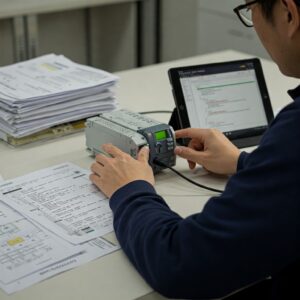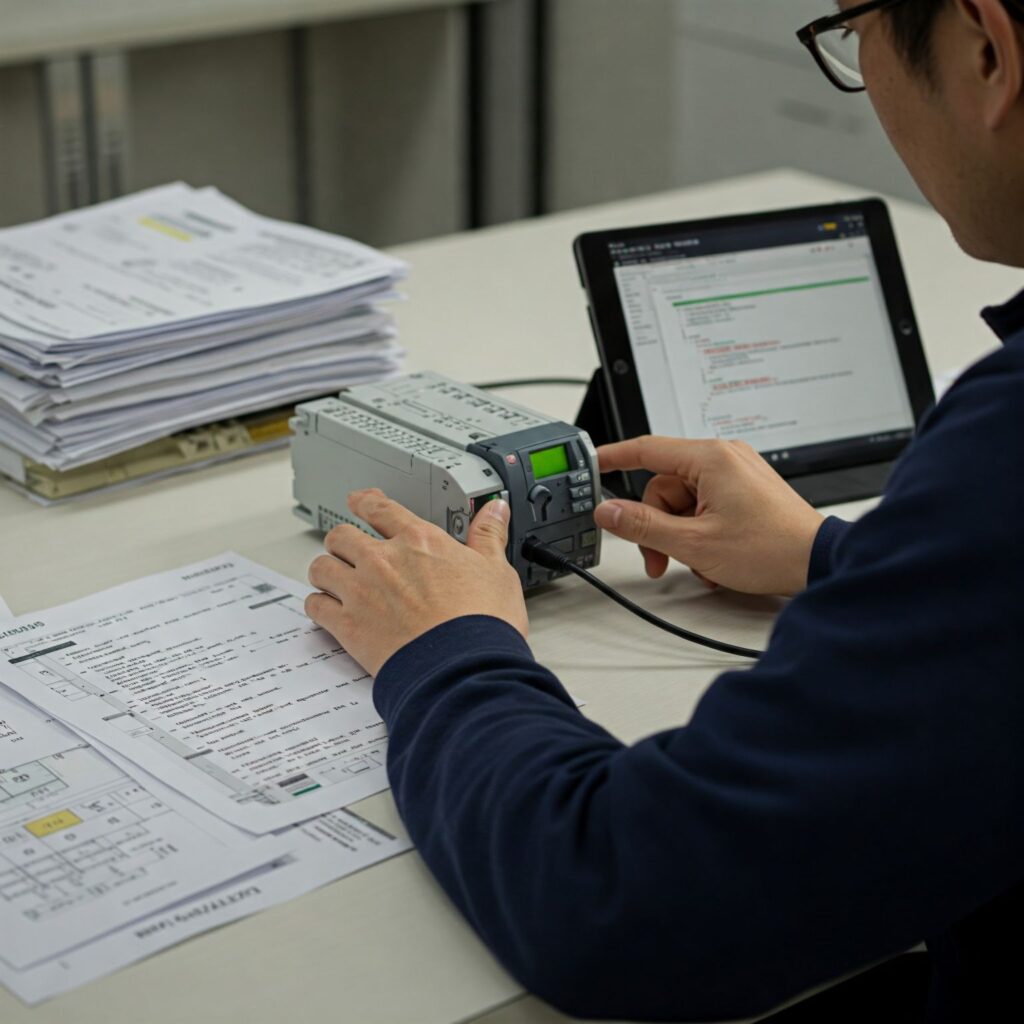Most people think of documentation as a bureaucratic formality—something you do because you have to. A box to check. A chore. I know I di d, when I started out. I rather be “doing” than either creating documentation either before or after.
d, when I started out. I rather be “doing” than either creating documentation either before or after.
But the best engineers, the best teams, the ones who build things that last—they see it differently.
PLC documentation isn’t paperwork. It’s a blueprint for the future. It’s the difference between a system that runs smoothly and one that fails at the worst possible moment. It’s what allows innovation to scale instead of collapsing under its own complexity.
Think about it:
🔹 When a machine goes down at 3 AM, do you want a guessing game—or a clear document that allows you to find the issue faster.
🔹 When a new engineer joins, do you want months of trial and error—or instant clarity via clear documentation?
🔹 When you’re optimizing, do you want assumptions—or real insights into how the system works?
Great documentation is an investment in speed, efficiency, and reliability. It’s how you reduce downtime. How you avoid million-dollar mistakes. How you make sure that what you build today doesn’t become a problem tomorrow.
The best teams don’t just write documentation. They design it. They make it part of their process, their culture. Because they know: what’s written today is what powers innovation tomorrow.
That is why at PLC-Wizz we made creating documentation for PLC and Automation Engineers a core part of our service. We enabled it so that clear documentation could be created from existing code in minutes. You can then save it or share it with your colleagues.
Do you see documentation as a formality—or as an asset? 🚀
Farhan A.
Co-Founder and Managing Director


